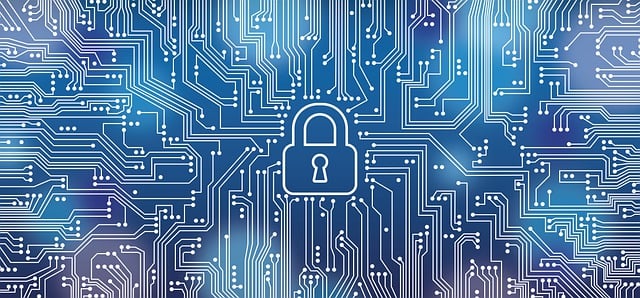Sep10

In the heart of our smart cities, where technology promises efficiency and connectivity, lies a deeper narrative—one of human vulnerability, resilience, and the urgent call for systemic change. This dual narrative weaves together my personal journey with a broader academic and societal perspective, highlighting the need for a more humane approach to urban living, now enhanced with drone technology for safety.
The Human Element in Smart Cities
As we marvel at the technological advancements in our urban landscapes, we must remember that the true essence of a 'smart city' lies in its people. Education here transcends digital literacy; it's about fostering an understanding of the human condition within these environments.
My Journey: A Lesson in Humanity
My story began not amidst the comforts of a smart home but on the cold, unforgiving streets after my mother shut the door on me following my father's passing. Here, the universal declaration of human rights seemed like a distant echo, not a protective shield. When vulnerability strips you of your personal space, safety becomes a theoretical concept, not a reality.
The Awakening
Through nights under the stars, not by choice but by necessity, I learned a profound truth: our systems, our laws, are only as robust as our collective commitment to uphold them. The unseen heroes are those who, despite feeling like mere pawns, choose to reclaim their narrative.
A Call for Change
This narrative isn't solely mine; it echoes the experiences of many whose voices are often unheard. In our pursuit of smart cities, we must not overlook the human story. Education should not only teach us technical skills but also empathy, connection, and the imperative to reform systems that fail the vulnerable.
The Universal Laws and Personal Growth
The power of energy and self-worth is often underestimated. Feeling unworthy can trap one in negative cycles. My near-death experiences, including a coma induced by three epileptic seizures, taught me about universal laws—laws of attraction and energy. True elevation in life requires recognizing one's worth and connecting with the collective suffering.
Together, We Can
I am just one voice among many, advocating for change. Silence in the face of systemic issues makes us complicit in a society that's too programmed, too detached from real human experience.
Conclusion: A Vision for Humanity in Smart Cities with Drone Safety
Let us transform our smart cities into havens where technology enhances humanity. Education must focus on our interconnectedness, building safety nets that truly support all, and ensuring health and safety that respects everyone's dignity.
Drone Safety Systems: A Practical Solution
- Surveillance and Security: Deploy drones equipped with advanced sensors for real-time monitoring, enhancing security in public spaces. Integration with IoT allows for predictive policing and immediate threat response.
- Emergency Response: Use drones for rapid response to emergencies, significantly reducing response times.
- Infrastructure Inspection: Regular drone inspections can preemptively identify structural issues, enhancing safety through proactive maintenance.
- Public Safety Campaigns: Drones can broadcast safety information or manage crowd control during events, ensuring safety without physical intervention.
Methodology for Drone Implementation
- Regulatory Compliance: Ensure drone operations adhere to aviation and privacy laws.
- Public Engagement: Maintain transparency to foster trust and mitigate privacy concerns.
- Technological Infrastructure: Develop drone bases across the city, equipped with charging stations, maintenance facilities, and secure communication systems.
- Data Management: Implement robust data management systems to handle the influx of data, ensuring privacy through encryption and anonymization techniques.
- Training and Simulation: Regular training for drone operators and simulations for emergency scenarios to ensure readiness and efficiency.
Challenges and Solutions
- Privacy Concerns: Address through strict data handling protocols, public oversight, and clear legal frameworks.
- Technical Failures: Develop redundancy in systems, including backup drones and fail-safe mechanisms to prevent accidents.
- Public Perception: Educate the public on the benefits and safety measures of drone usage
Today, I shared my story on X not just to narrate my journey but to ignite a conversation about the potential of technology in reshaping our urban environments. By integrating personal narratives with technological solutions, we highlight the human aspect often lost in discussions about smart cities. My story serves as a testament to the resilience of individuals and the transformative power of technology when applied with empathy and foresight. Let this be a call to action for all of us to engage, innovate, and advocate for a future where our cities are not just smart but profoundly humane.
Keywords: Education, Health and Safety, Smart Cities
 Are You Setting The Direction?
Are You Setting The Direction? There Seems to be Some Confusion: Exit vs Succession
There Seems to be Some Confusion: Exit vs Succession  When Strategy Fails, Look Inside
When Strategy Fails, Look Inside The Modular Ascent: Integrating Gemini 3, V-JEPA, and World Models for Aviation AGI
The Modular Ascent: Integrating Gemini 3, V-JEPA, and World Models for Aviation AGI Mark Lynd's 2026 Cybersecurity Predictions
Mark Lynd's 2026 Cybersecurity Predictions